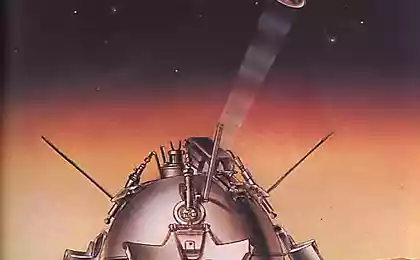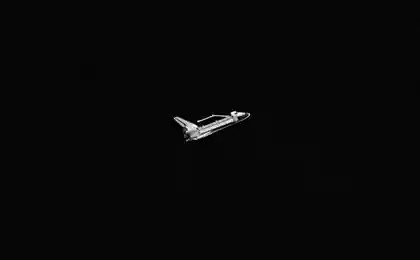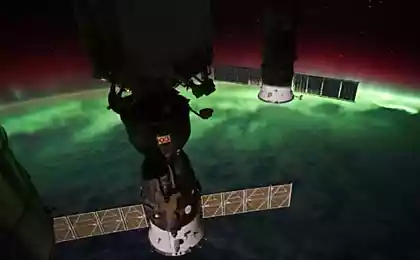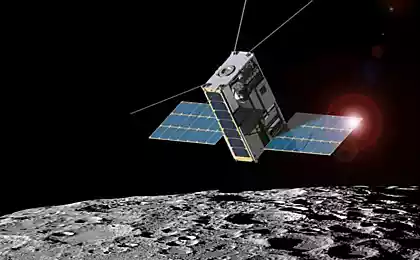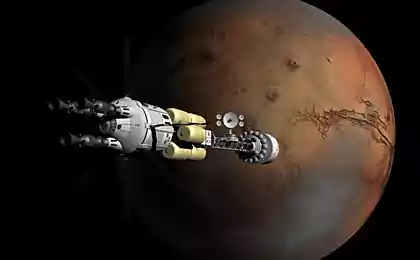1088
NASA prepares for Mars nanosatellites

Microsatellites CubeSat technology for preparing an expedition to Mars. Designed for tests and student learning standards spacecraft, preparing for a major operation in deep space.
I have already told how nano- and microsatellites standard CubeSat move from training and experimental purposes for use in business. Today, let's talk about kubsatah who are going to participate in interplanetary flight, and serve for the benefit of fundamental science in Mars exploration.
By 2016, NASA is preparing the launch to Mars landing platform fixed InSight. The platform must first lay relatively deep well to study the planet's interior. Boer has to overcome rocks about 6 meters and deliver on the temperature and the depth of seismic sensors. Analyzing the composition of the soil will not be undertaken, and the purpose of the launch - study the planet's interior using seismic waves, and monitoring of temperature processes in the crust of the planet. Earthquakes on Mars was not observed, but scientists hope to detect seismic shocks from meteorites.
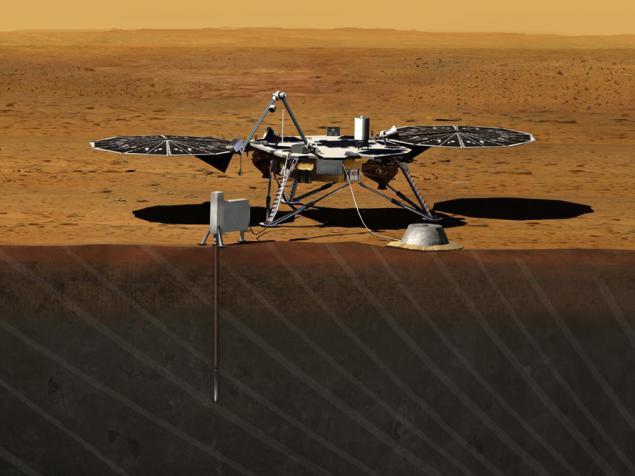
Two CubeSat dimension 6U (10x24x36 cm), called MarCO (Mars Cube One), should start with the InSight. They will be displayed on the migratory orbit same upper stage as the Mars landing module, but all the way to Mars, they have to overcome on their own. For CubeSat such a journey would be the first time. Dozens of satellites have already been in space, but only in low Earth orbit. Used in industrial electronics CubeSat class is not intended, in principle, for use in space. But in low orbits, it has proved to be good, so NASA is going to complicate the task, and continue testing in open space.
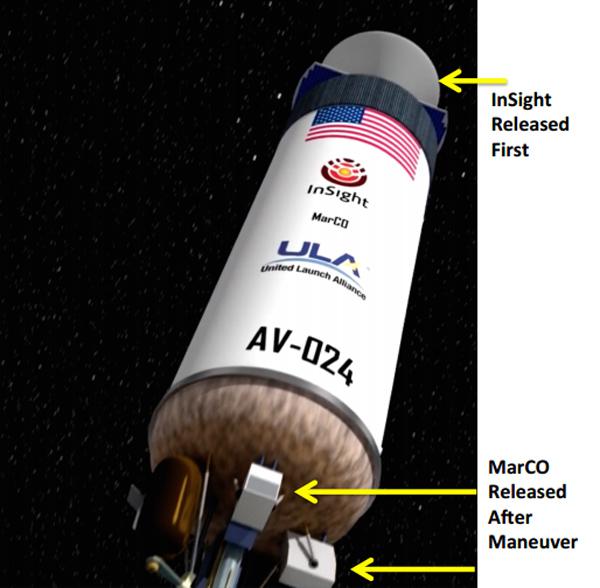
Although the mission of tracking MarCO InSight, on kubsaty not assigned to any key objectives, which determines the Mars exploration program. Ie satellites are launched on the principle of "fly so far - well, not reach - not terrible».
The main task of the satellites except for testing electronics is relaying signals InSight during its landing. At the time when the descent module will enter the Martian atmosphere, would not close any orbiting satellite relay. MarCO must receive signals descending InSight in UHF-band, and transmit to Earth in the X-band.

Deep Space Communication by kubsatov - this is an ambitious task, which should be used more than once during the study of the solar system. True data transfer rate of 8 kb / s, but it is ten times more opportunities rover Curiosity.
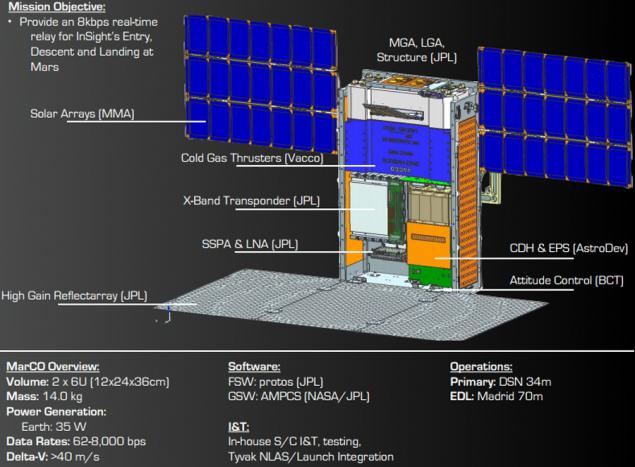
The peculiarity of the flight MarCO is that they do not go to the orbit of Mars, and after sending data to the InSight kubsaty must forever disappear in the vast main asteroid belt. It is curious that in this first CubeSat repeat the fate of the first spacecraft launched in 60-70s at the dawn of interplanetary space exploration.
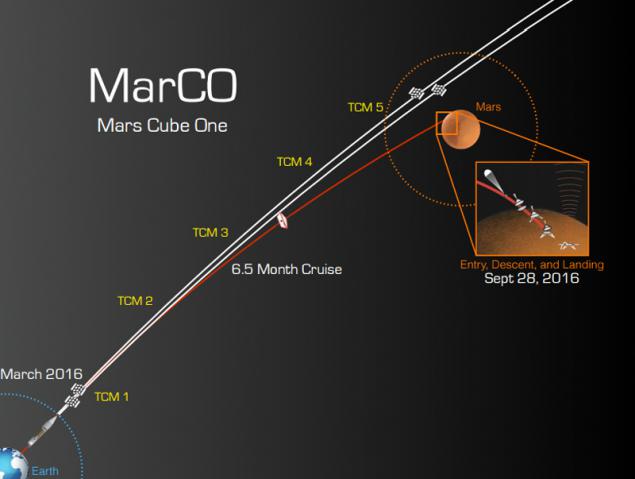
Judging by the plans of NASA, satellites CubeSat standard in the future will be added to virtually all major interplanetary missions. Already students and private companies in the United States worked out dozens of different configurations that allow for a plurality of planetologicheskih, astrophysical and technological research. The possibility of the use of solar sails, electric propulsion and classical chemical engines to perform flights to the moon, asteroids, Lagrange points, Mars, Venus and beyond. NASA is considering kubsatov orbit of Jupiter, Saturn, Neptune and even.
In Russia there are several technical teams specialized in the development of technology in the CubeSat. Couple kubsatov & quot; Dauria Aerospace & quot; recently celebrated the anniversary in orbit. And a couple of vehicles "Dauria" 6U size is set to launch by the end of 2015 by order of the Russian Space Agency.
Team enthusiast community & quot; Your space sector & quot; now preparing a nano-satellite "Mayak" to stratospheric tests. Several student groups working in the aerospace departments of various institutions. For example, the company "Astronomican" founded the graduates of the St. Petersburg Voenmech. Kubsatami engaged in Tomsk ... In Samara, recently held a conference on small spacecraft, although it discussed not only CubeSat.
I tried to make a census kubsatostroiteley Russia, but noted not all. If you know someone else - tell us in the comments.
Source: geektimes.ru/post/252728/
Bill Gates is investing $ 2 billion in "green" energy
Videoconferencing patient to the doctor could save $ 104 billion a year










